The Short Answer
Each reggae vinyl format has its own role. 7-inch singles are the foundation of Jamaican music, typically pairing a vocal track with a dub or version. 10-inch records were most often used as dubplates for sound systems and only later became collectible formats. 12-inch discomix records offer extended vocal-to-dub mixes designed for DJs. LPs (albums) gained prominence in the 1970s, especially internationally, often compiling singles into cohesive statements. The “best” format depends on whether you want classic singles, rare dubplates, DJ-friendly cuts, or full albums.
7-inch Reggae Singles
The 7-inch single (often called a “45”) is the heartbeat of reggae. From ska and rocksteady through roots and dancehall, this format carried the majority of Jamaican music from the 1960s onward.
- Typical structure: Vocal on the A-side, dub/version on the B-side.
- Playtime: ~3–4 minutes per side.
- Why collect them? They capture reggae in its purest, most immediate form. Many legendary tracks only ever appeared on 7-inch pressings. Original Jamaican 45s are highly prized because they were pressed in small runs and are often unique mixes.
BROWSE NEW 7-INCH VINYL | BROWSE USED 7-INCH VINYL
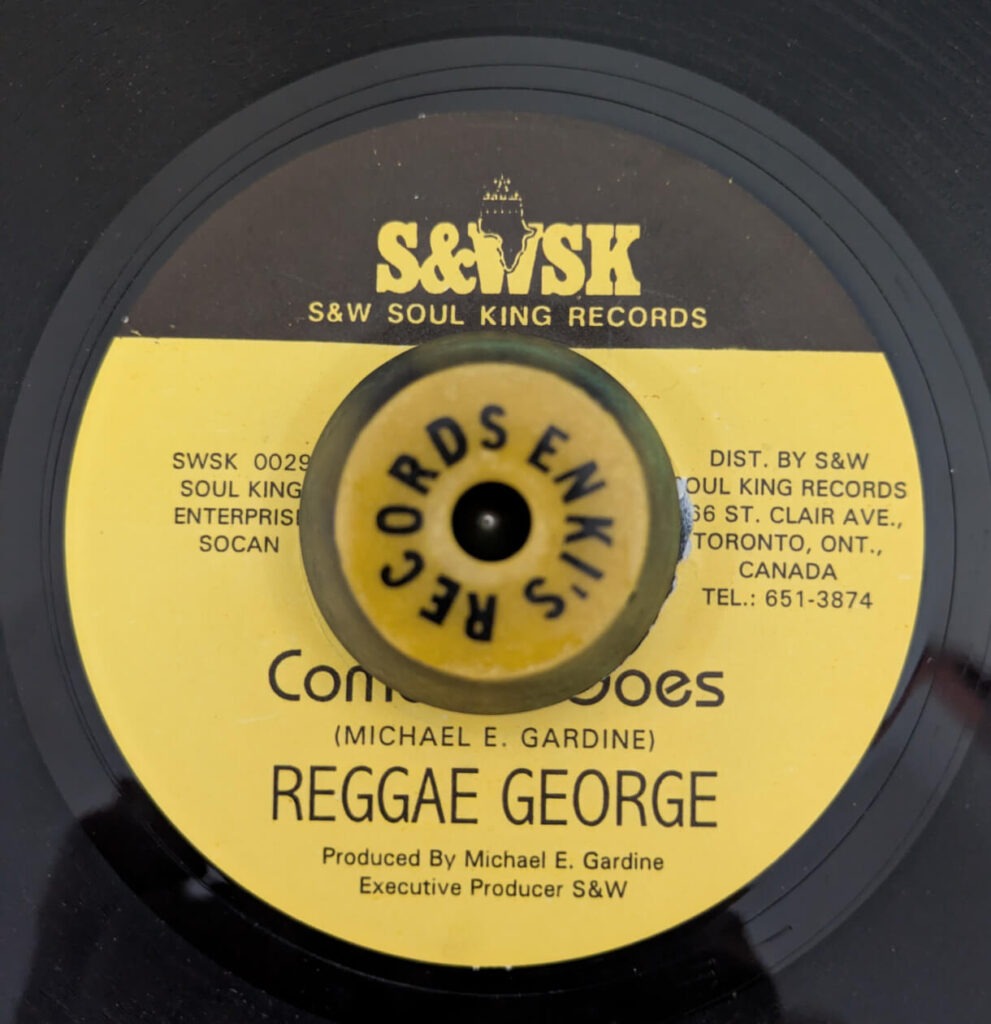
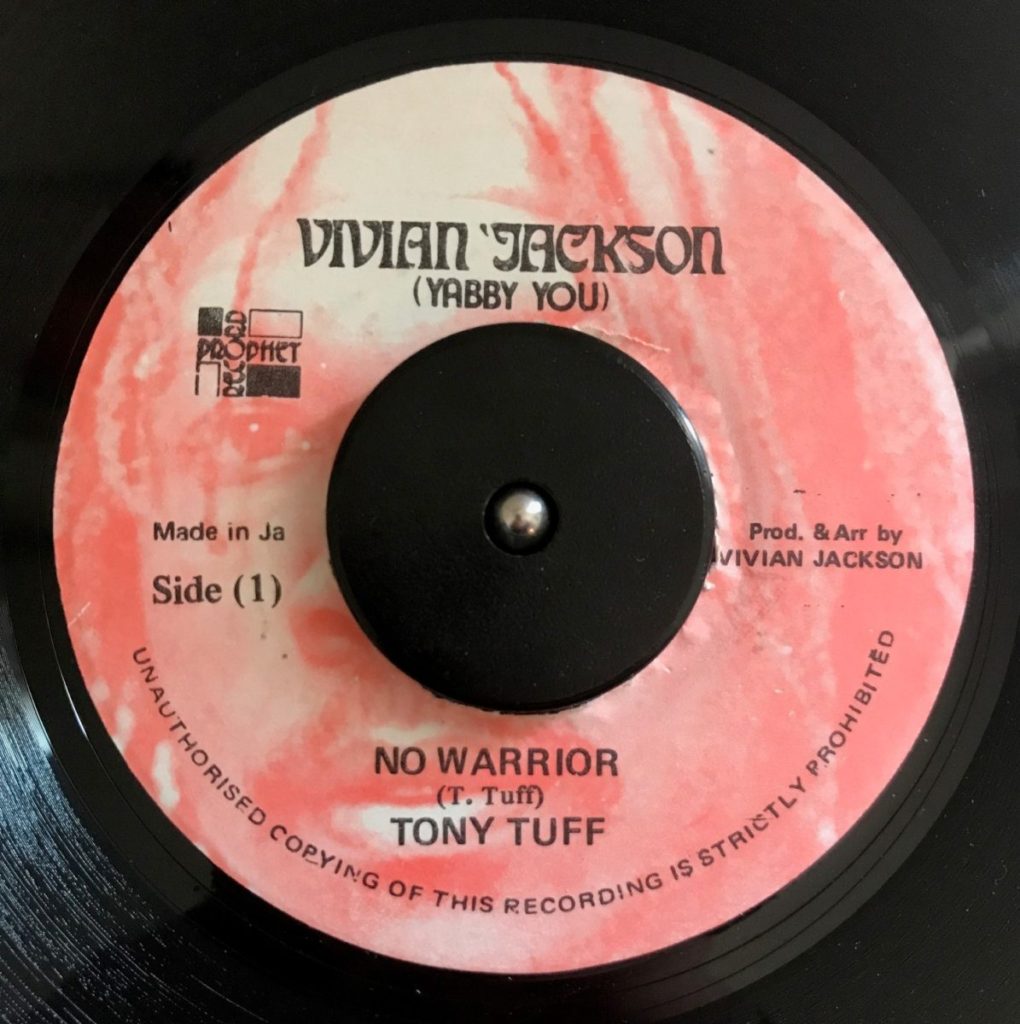
10-inch Records and Dubplates
The 10-inch format is less common but historically significant in reggae culture. Its main use was as a dubplate — an acetate cut exclusively for a sound system selector. These often contained unreleased mixes, alternative versions, or even personalized “specials” with the DJ’s name in the lyrics
- Dubplate = purpose, not size: While many dubplates were cut on 10-inch acetates, they also existed on 7-inch and 12-inch. The defining feature is exclusivity, not dimensions.
- Playtime: ~5–6 minutes per side, though this varied.
- Why collect them today? Dubplates were never meant for mass release, so original acetates are rare and fragile. Modern collectors value 10-inch vinyl because it carries that sound system mystique, even when later issued in small commercial runs.
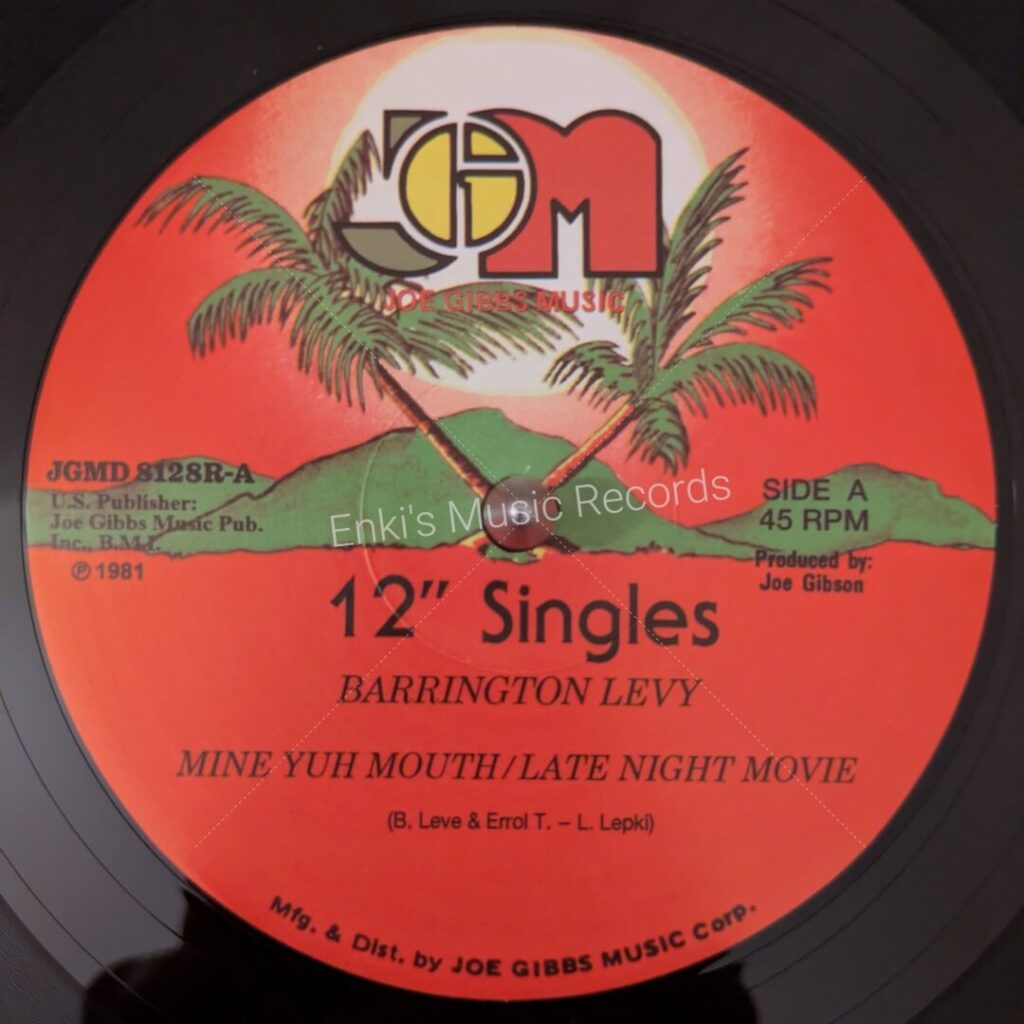
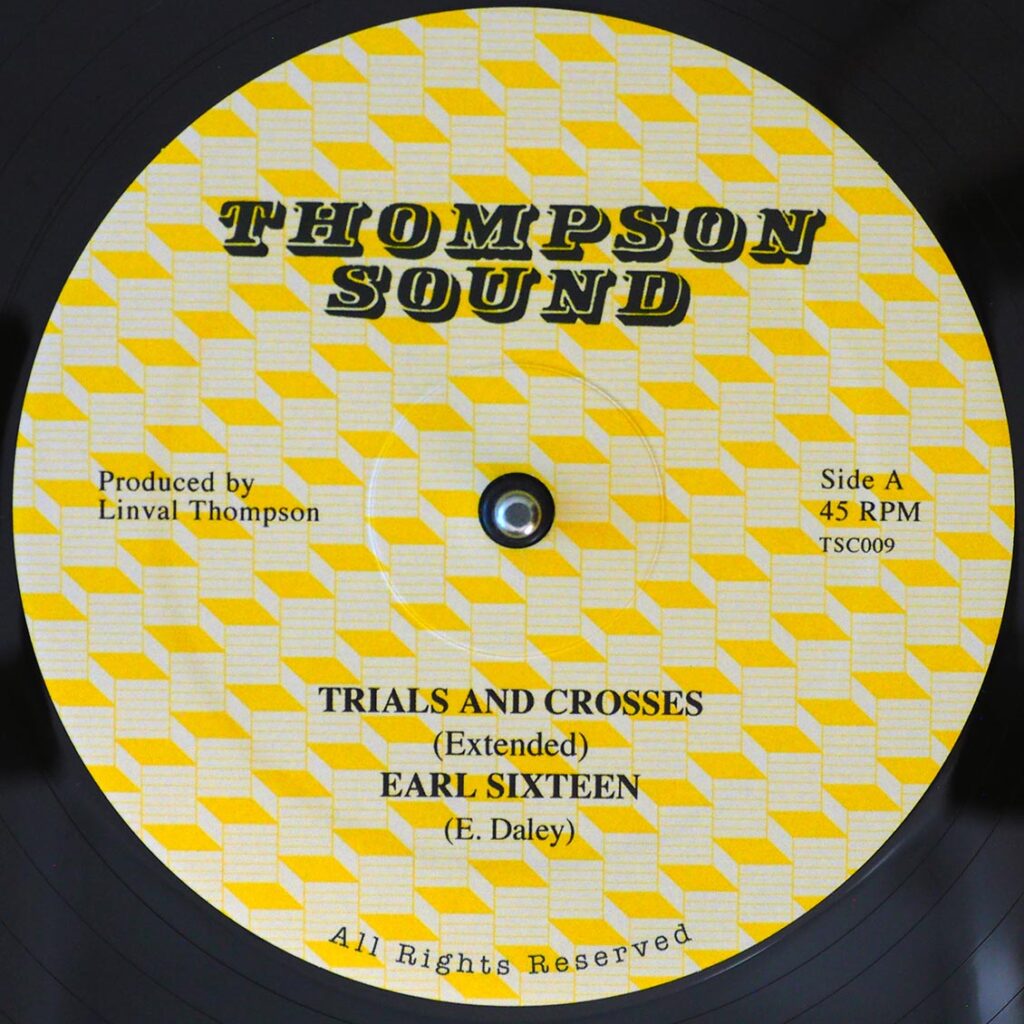
12-inch Discomix Records
By the mid-1970s, the 12-inch single became a cornerstone of reggae’s international spread. Producers realized they could use the larger disc to cut extended versions that flowed seamlessly from the vocal into the dub. This became known as the discomix format.
• Defining feature: Continuous mix of vocal + dub (not tied to a strict length).
- Playtime: Often 6–10 minutes, depending on the track.
- Why collect them? Discomixes showcase reggae’s innovation in real time — stretching the groove for DJs and dancers while highlighting the dub engineer’s artistry.
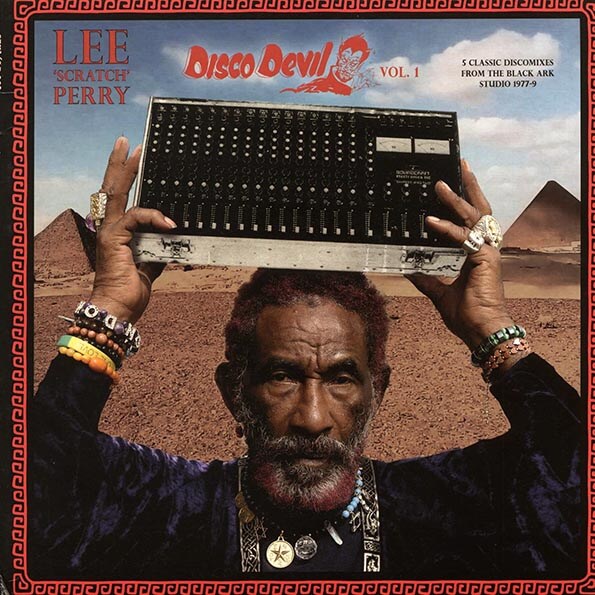

LPs (Long Play Albums)
The LP format grew in importance during the 1970s, particularly for international audiences. While Jamaica remained a singles-driven market, roots reggae artists began releasing albums that presented fuller artistic visions or compiled standout singles into cohesive packages.
- Playtime: ~35–45 minutes total.
- Why collect them? LPs allow listeners to experience reggae beyond the dancefloor, often with deeper lyrical themes and storytelling. Some of the genre’s most acclaimed works are albums.
FAQs about reggae vinyl types for collectors
7-inch singles are short, usually with a vocal and a dub on the flip. 12-inch discomixes are longer, often combining vocal and dub into one continuous mix.
Because of its link to dubplate culture. While not a mainstream commercial format, 10-inch records are tied to exclusive mixes and sound system history, making them highly collectible today.
A discomix is an extended 12-inch cut where the vocal track blends directly into its dub or version.
In Jamaica, singles remained dominant. LPs gained prominence internationally, often compiling singles into albums that roots fans embraced as complete works.

